From Horseback to Horsepower
Share




I believe my very first impressions about horses relate to a movie I watched at a very young age, when I was about four or five years old. Back then, in the 90s, my family had a Video Cassette Recorder (VCR) that we used to record and play our favorite movies; one of those movies was Dances with Wolves (1990). I was impressed by the bond between Lt. John Dunbar (Kevin Costner) and his loyal horse, Cisco. (Spoiler Alert!) I can clearly remember how deeply I was moved by the scene where Cisco was killed.
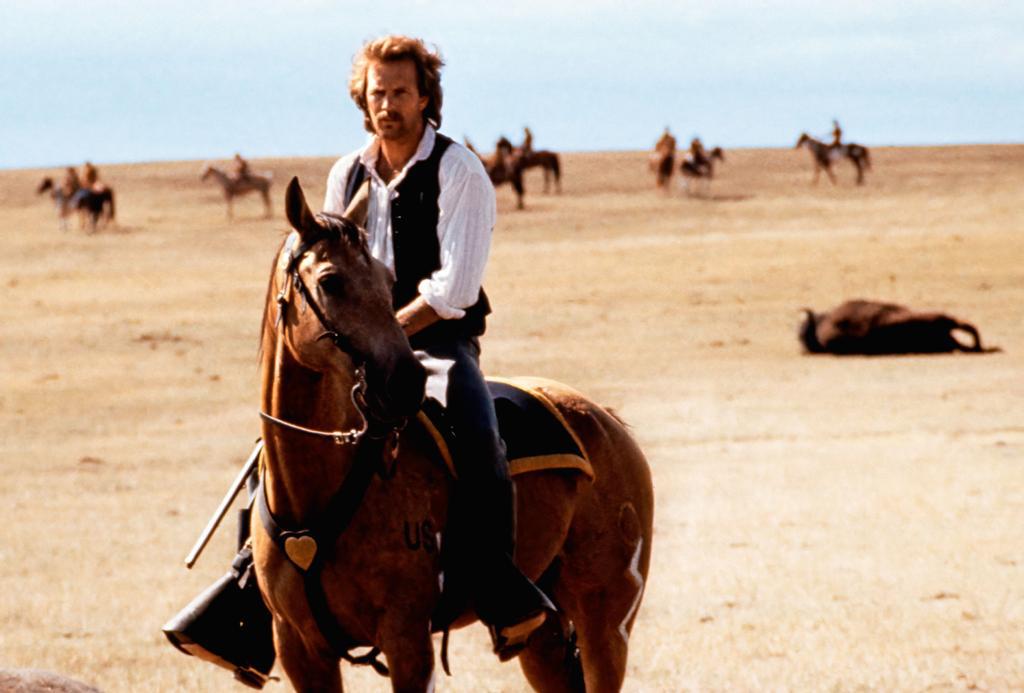 Lt. John Dunbar riding Cisco. Dances with Wolves (1990). Image Copyright © 2023 Scribd Inc.
Lt. John Dunbar riding Cisco. Dances with Wolves (1990). Image Copyright © 2023 Scribd Inc.
The movie plot takes place in the USA, in the 1860s; around twenty years before the commercial production of car engines. As such, the movie featured the essential role horses played in humans’ everyday life; be it the simple life of Native-American tribes or that of the relatively more advanced US military members. Horses remained the fastest and most reliable means of transportation until a very recent point in human history: the 19th century.
Historically Speaking
According to Gamal Aboul-Hassan—author of the much insightful book entitled 300,000 Years of Fear: The History of Humankind from Beginning to Monotheism—horses were first domesticated by humans by tribes that lived in Central Asia. Taming these wild mammals gave these tribes considerable advantage and contributed to the dissemination and survival of the Hindu-European culture and languages.
In fact, the domestication of horses marked a major milestone in the course of human civilization. They provided the first means of fast travel and allowed long-range mobility, which helped trade, migration, and cultural interaction to flourish. The horses’ enduring nature and excellent loading ability enabled nations to rise and empires to dominate.
In addition to the domestic uses of horses, they have shown exceptional usefulness in warfare and were used in battles since around 2500 years BCE. Chariots ridden by horses were a revolutionary military invention that played a major role in the Ancient Egyptians battles with the Hyksos invaders, until King Ahmose I succeeded to expel them. Centuries later, cavalry established itself as a fundamental part of organized armies. It is worth mentioning that the deployment of horses in warfare has continued through WWII in the mid-20th century, side by side with modern armored cars and tanks.
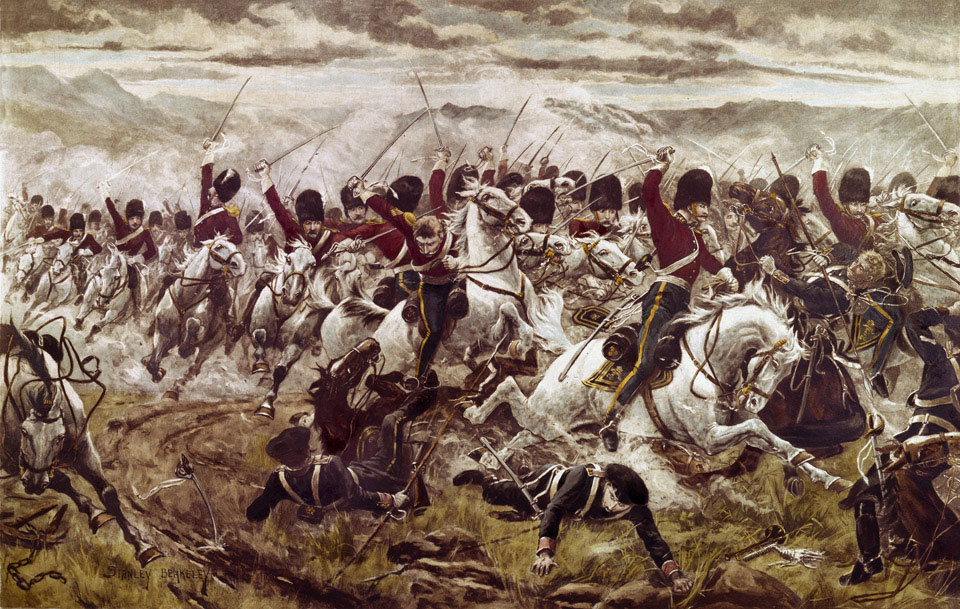
Heavy Brigade at Balaclava 25th October 1854. National Army Museum, Out of Copyright.
Culturally Speaking
To begin with, horses have largely inspired how we dress: the trousers were first introduced for riding horses. Interesting, is it not?
Horses are often attributed positive traits such as gracefulness, nobleness, endurance, triumph, heroism, and strength; hence, they have inspired artists throughout the ages. Horses were strongly present in Paleolithic art, long before their domestication. The paintings of Lascaux Cave in France dating back around 15,000 years are a perfect example.
 © Bridgeman Images
© Bridgeman Images
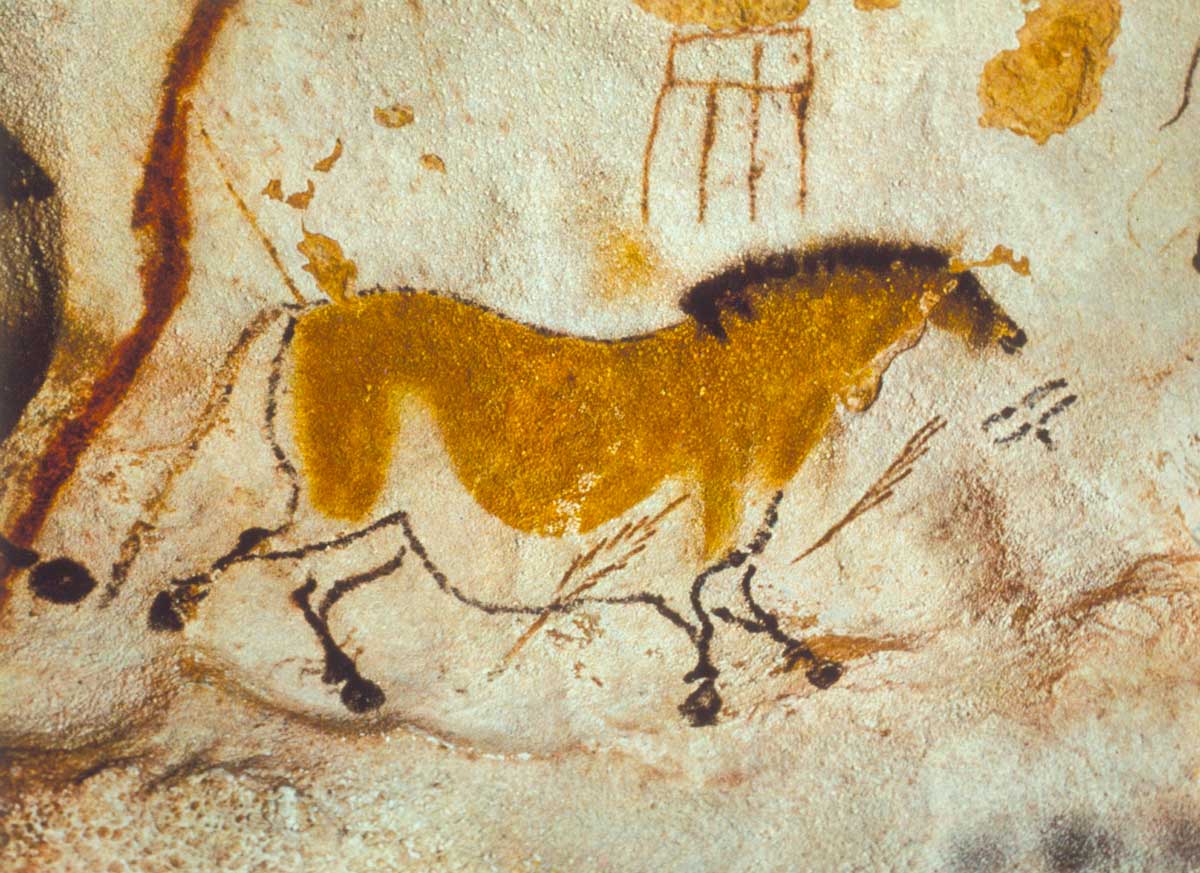 © akg-images
© akg-images
Horses also have a strong presence in certain cultures such as the Arab and the native-American. Arabs, for example, take much pride in the Arabian Horse breed, which—according to the Encyclopedia Britannica—is the earliest improved breed of horse and is much valued for its speed, stamina, beauty, intelligence, and gentleness. Eminent Arab poet Abu al-Tayyib Al-Mutanabbi (915–965 AD) has praised the strength of horses in his memorable line: “Attacking, retreating, advancing, regressing at once. As if a boulder the stream descended from atop”.
Around eight centuries later, British painter George Stubbs made some of the most remarkable horse paintings. His most celebrated masterpiece, Whistlejacket (1762), featuring an Arabian racing horse, is exhibited at the National Gallery in London.
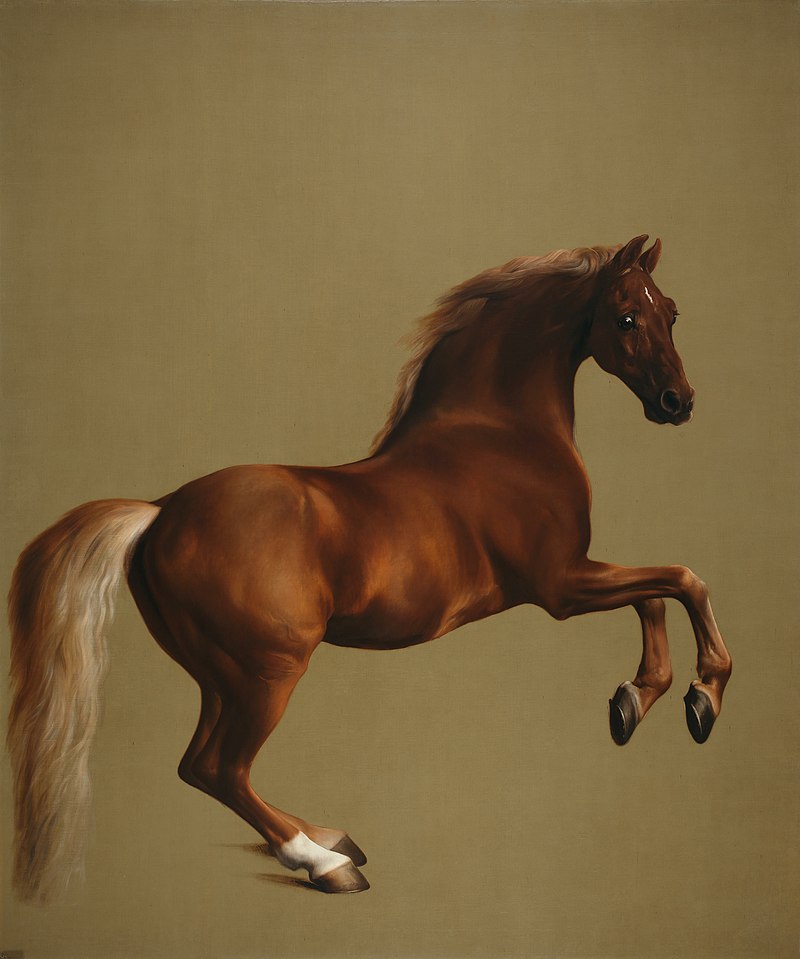 Whistlejacket (1762). By: George Stubbs
Whistlejacket (1762). By: George Stubbs
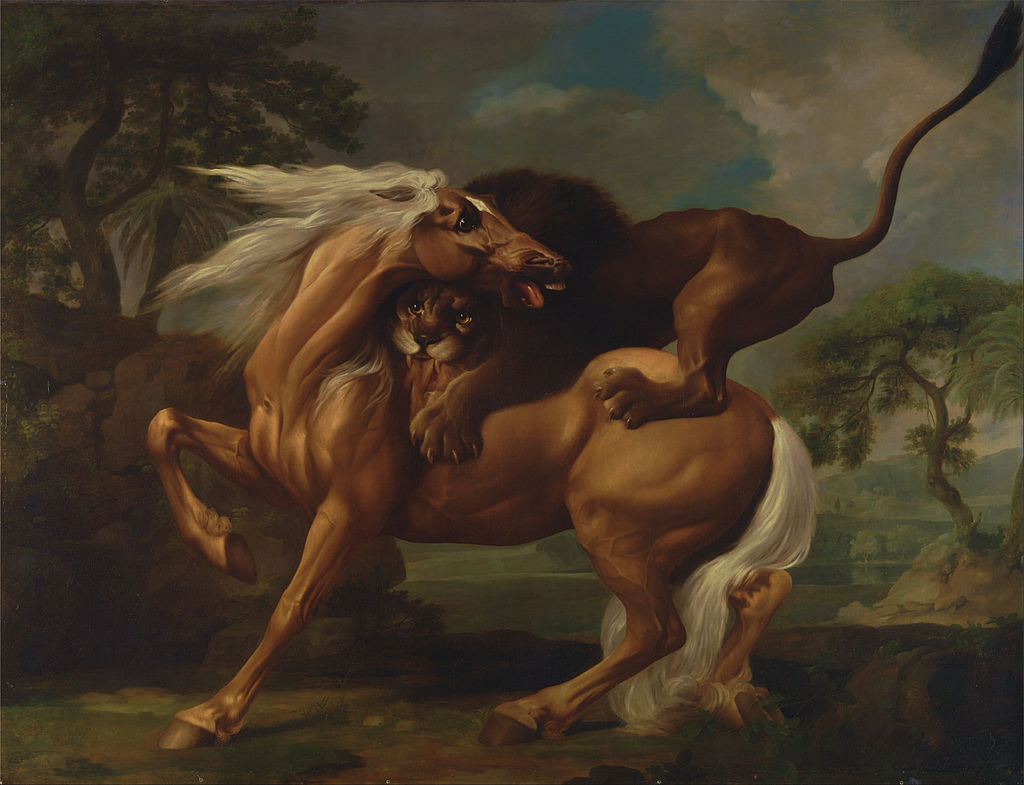 A Lion Attacking a Horse (1762). By: George Stubbs.
A Lion Attacking a Horse (1762). By: George Stubbs.
Last but not least, horses have also established their status in several prestigious sports throughout human history, collectively known as equestrian sports. These include horseback riding, jousting, horse racing, show jumping, and polo. Some equestrian sports even emerged from work practices that depended on horses, such as Rodeo; a game related to the cattle herding skills of cowboys in Spain, Mexico, and the Americas.
 Show jumping Designed by Freepik.
Show jumping Designed by Freepik.
 Rodeo
RodeoBiologically Speaking
According to the American Museum of Natural History, there are over 200 different horse breeds living around the world today. Although each breed of horses has its distinguishable physical features, they all come under one sub-species: Equus caballus. Also, all horses can be classified into three basic body types, namely: ponies, light breeds, and heavy breeds.
Breeding takes place through mating horses with specific traits to pass down the desired genes, and hence make this specific breed suitable for the purpose it is needed for. For example, Arabian and Thoroughbred breeds are famous light racing horses. On the other hand, the Belgian Draft—a heavy horse that is often describes as the strongest horse breed—is commonly used for pulling carriages and performing farm labor.
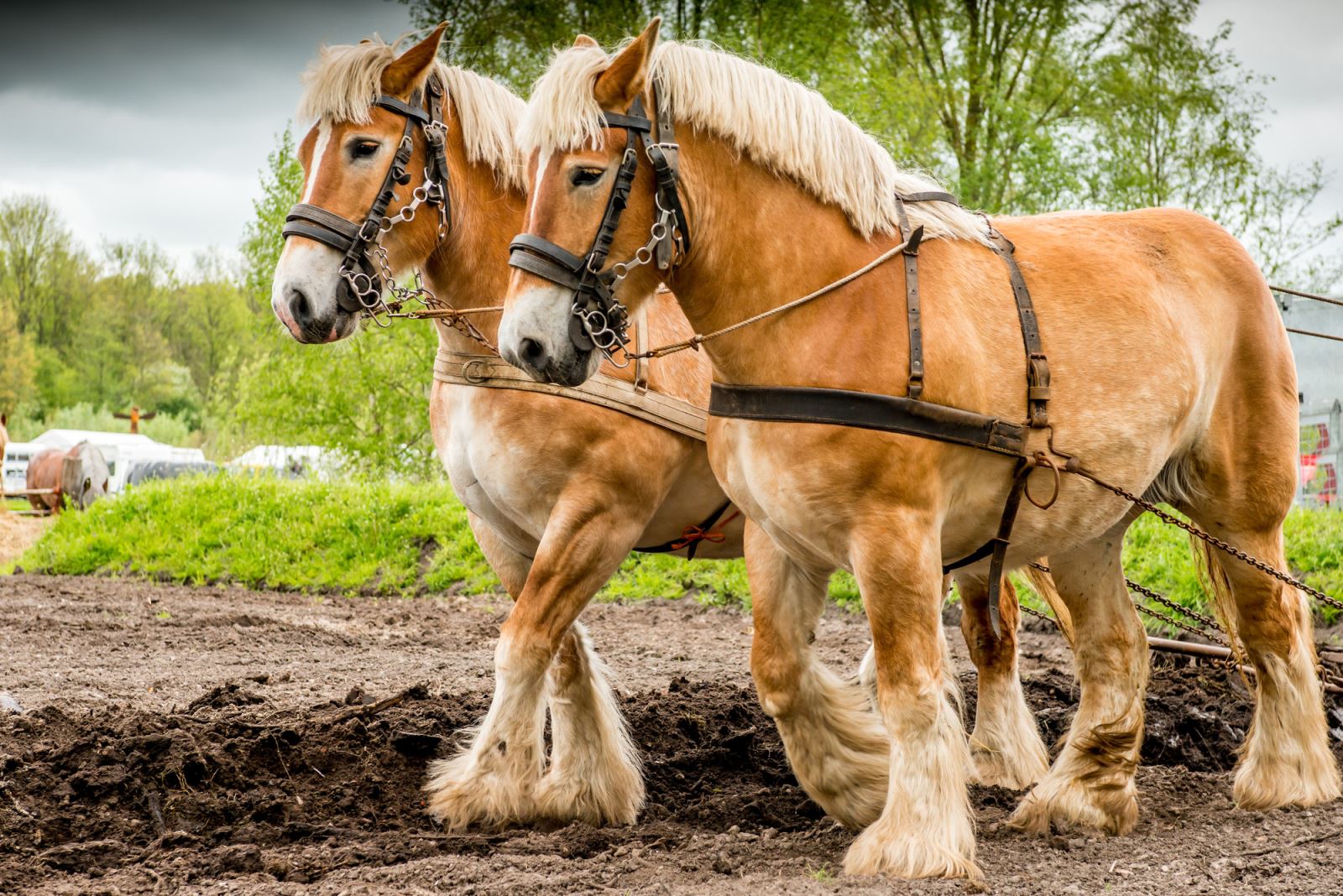 Belgian Draft. Image source: Pinterest.com
Belgian Draft. Image source: Pinterest.com
Horsepower
The invention of the steam engine in the 18th century marked the second milestone in the history of transportation. To measure its power, engineers compared it to the power of horses, which people used to depend on. It was the Scottish engineer James Watt who adopted the “horsepower” (HP) unit of measurement after experiments with strong draft horses.
For electrical devices, one horsepower equals 746 watts. Horsepower is also often used to calculate how quickly the force is produced from a vehicle's engine. For average vehicles, one HP is usually expected from every 7 to 20 cc (size of the combustion chambers in cubic centimeters).
Today, horses still have a high economic value and play critical roles in many people’s lives around the world, be it for work or leisure purposes. For horses to perform well, their owners and/or caregivers must provide them with the needed care and food. Last but not least, competent authorities should adopt sufficient deterrent measures against forcing and even beating horses to perform harsh work and other abusive practices against these marvelous animals.
References
historytoday.com
amnh.org
horseandhound.co.uk
britannica.com
جمال أبو الحسن، «300.000 عام من الخوف: قصة البشر من بداية الكون إلى التوحيد». الدار المصرية اللبنانية، الطبعة الثالثة. القاهرة، 2023.
Cover image by vecstock on Freepik